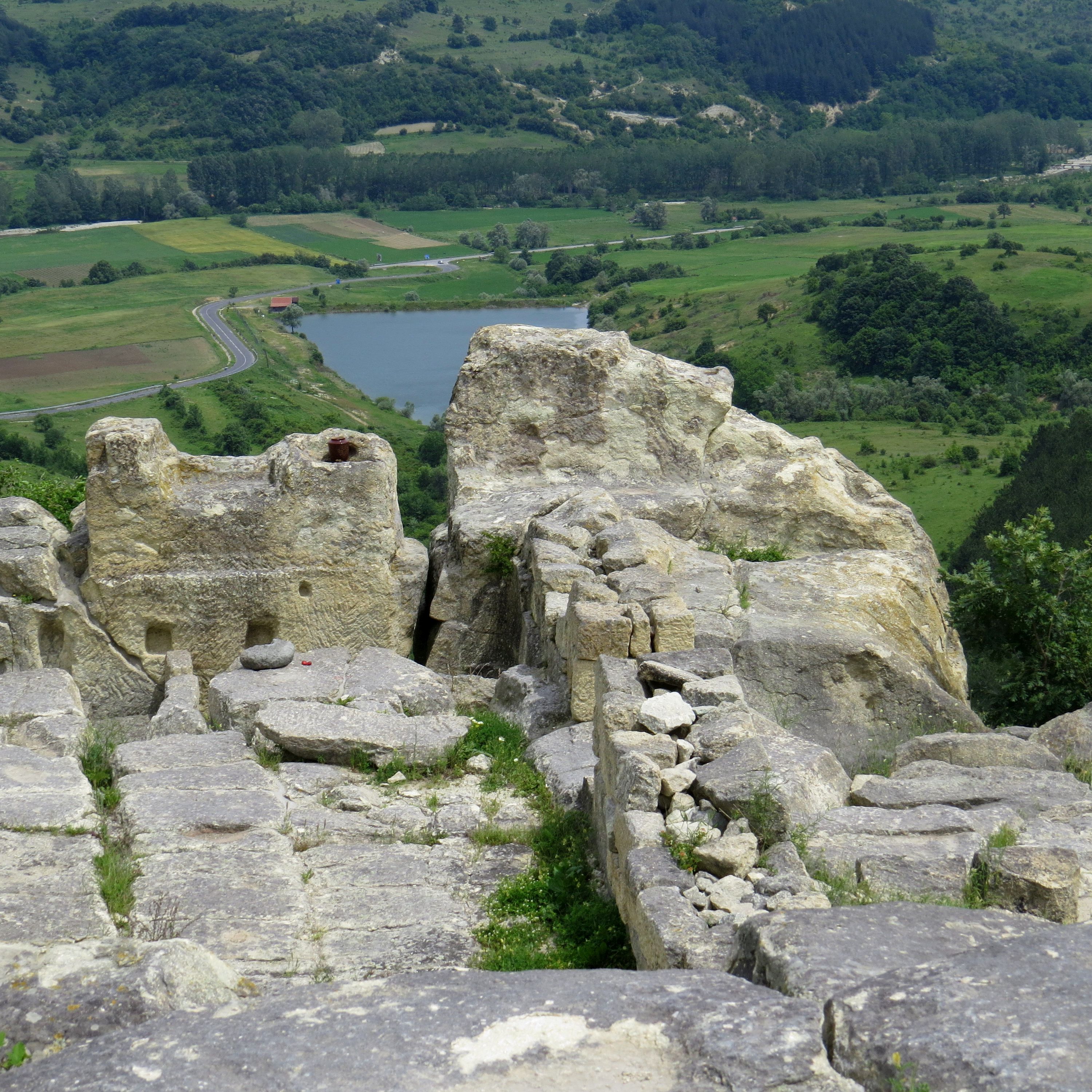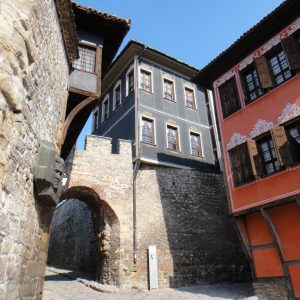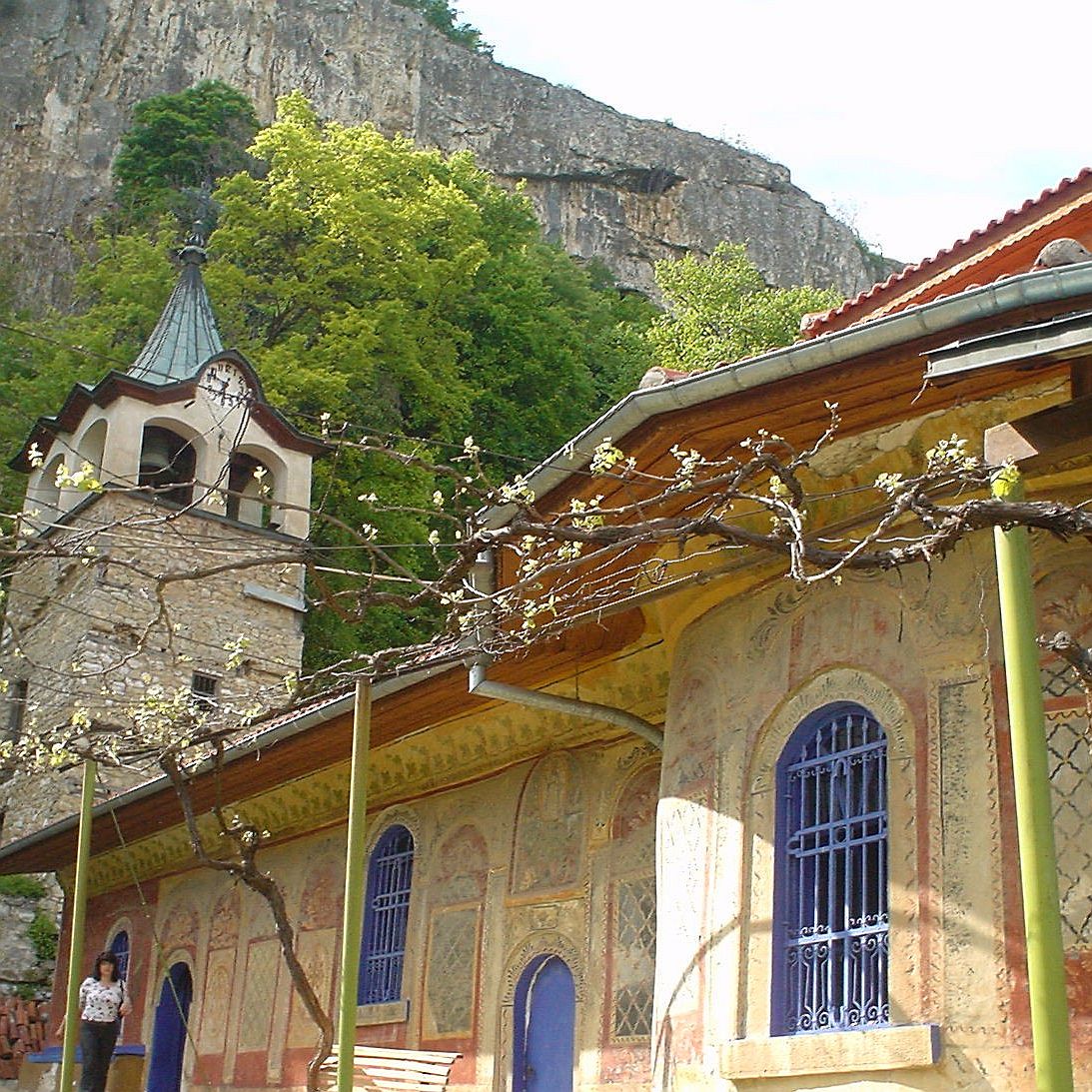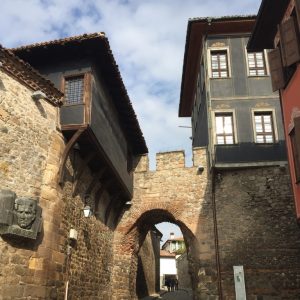Description
The Thracian tribes are the first mentioned in Homer’s Iliad and Odyssey. He described them as brave warriors and excellent seafarers, allies of the Troyans in their war against the Achaeans.
Featured SITES:
Starosel: In 2000, a sensational discovery occurred near the village of Starosel, in central Bulgaria. Archaeologists found the enormous temple/grave from 5th-4th c BC, of what is believed to be a Thracian ruler, possibly Sitakes I, the first king of a combined Thracian empire. Sitalkes ruled from the Danube to the Aegean.
Sboryanovo: The reservation, declared in 1988, with an area of about 16000m2 protects rare creations of nature and one of the greatest concentrations of archaeological sites in the country. The most notable of them belong to the culture of the Thracians – more than 100 tumuli, vast areas surrounded by stone walls, cult places, sanctuaries and others, dated to the 1st mill.BC, as well as important sites from the Praehistoric, Roman and the Mediaeval periods. Includes Sveshtari Thracian tomb ( UNESCO site )
Perperikon: The ancient Thracian city of Perperikon is located in the Eastern Rhodopes, 15 km northeast of the present-day town of Kardzhali, Bulgaria, on a 470 m high rocky hill, which is thought to have been a sacred place. Perperikon is the largest megalith ensemble in the Balkans. It is thought that the famous Temple of Dionysius is located at this location.
Tatul: The Tatul sanctuary is situated just outside the present-day village of Tatul, 8km to northeast of the town of Momchilgrad. The temple lies inside the fortress walls of a Thracian fortress and is believed to have been dedicated to the famous Thracian singer, Orpheus. The sanctuary, deemed to date back to the 12th century BC, represents a big monolithic rock shaped by men into a pyramid. It is 4.5m high and 6m wide at its base. Within its body, worshippers have dug two rocky cemeteries, 8 stairs, and a niche for laying a ritual plate.
Kazanluk Valley: With the 1500 and over Thracian mounds the Kazanluk Valley has every reason to be called the Valley of the Thracian Kings. Of these 14 are in the proximity of the town of Kazanluk and some are cultural monuments of world importance, dating from 5th-3rd c BC.
FAMOUS THRACIANS:
- Dionysus, the Thracian god of wine, represents not only the intoxicating power of wine, but also its social and beneficent influences.
- Orpheus, in Greek legend, was the chief representative of the art of song and playing the lyre, and of great importance in the religious history of Bulgaria and Greece.
- Spartacus was a Thracian enslaved by the Romans, who led a large slave uprising in what is now Italy in (73 BC – 71 BC). His army of escaped gladiators and slaves defeated several Roman legions in what is known as the Third Servile War.












